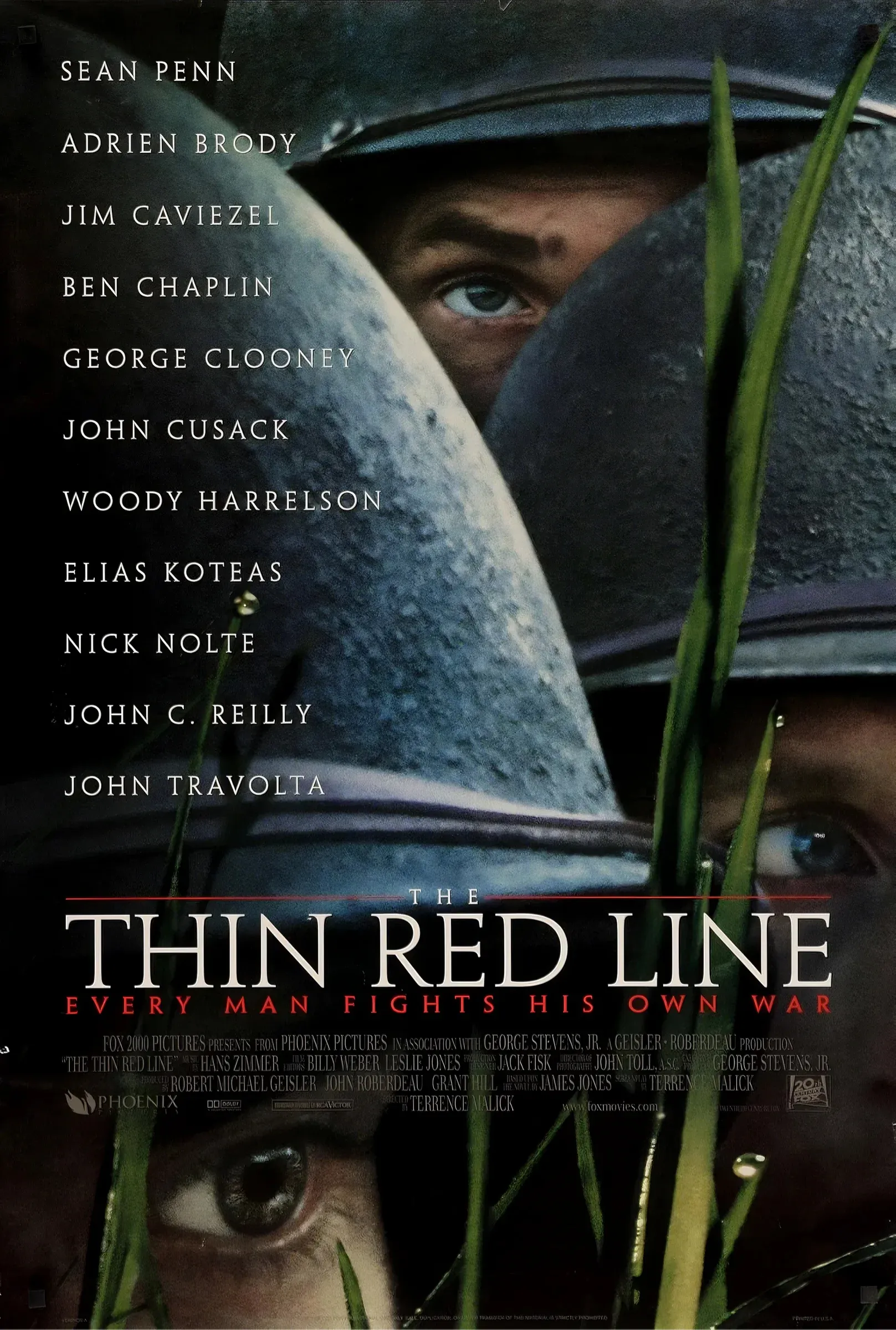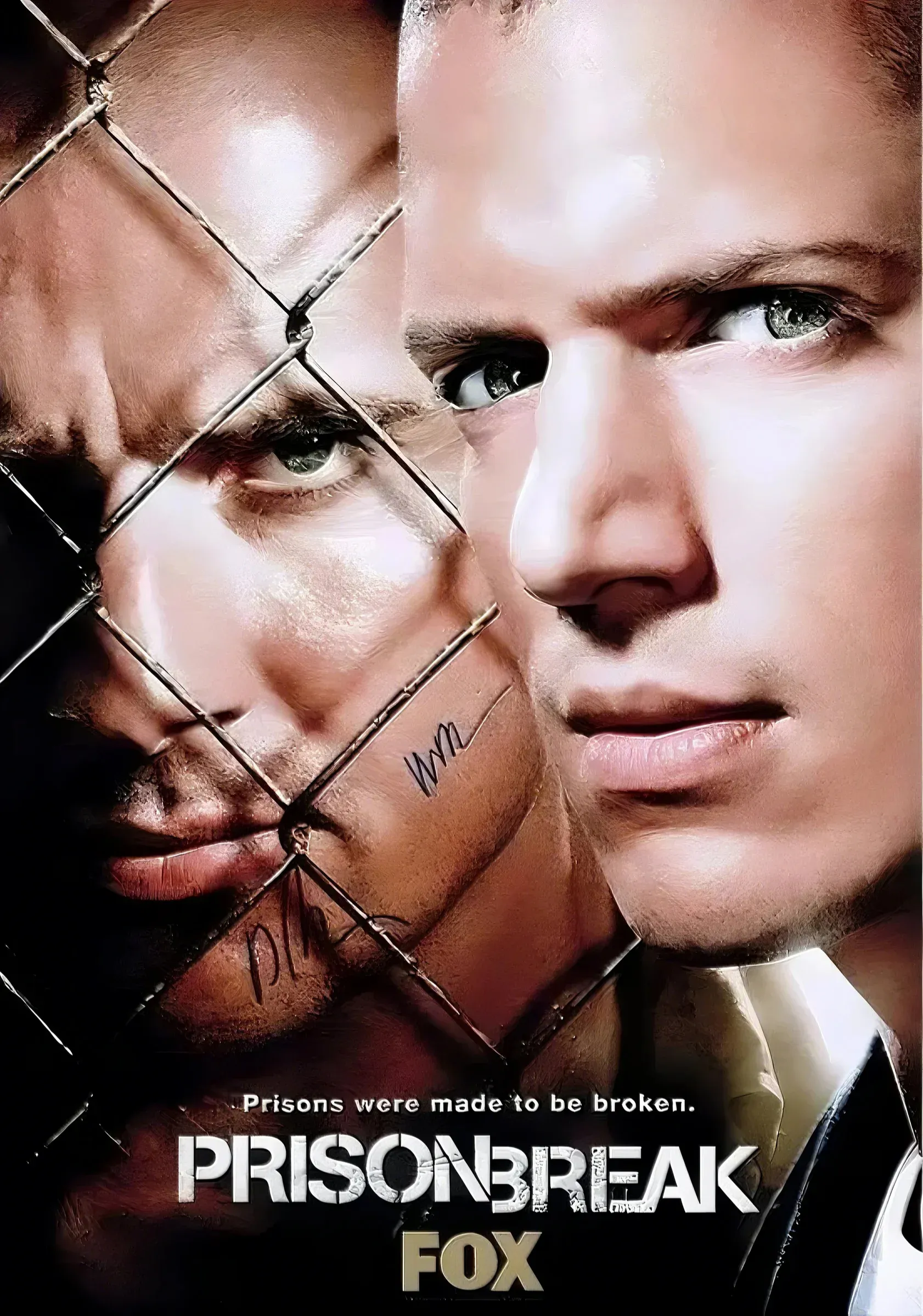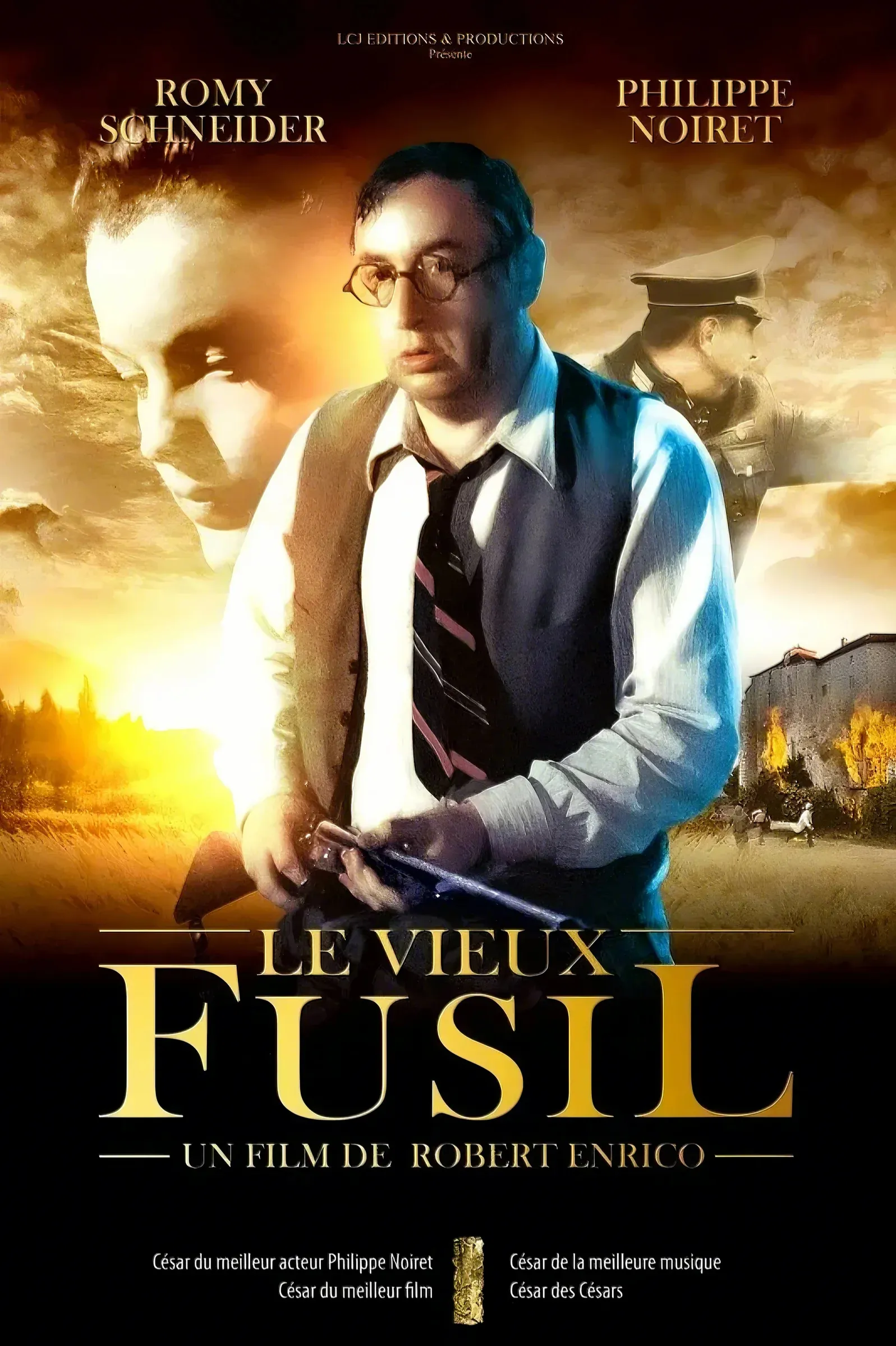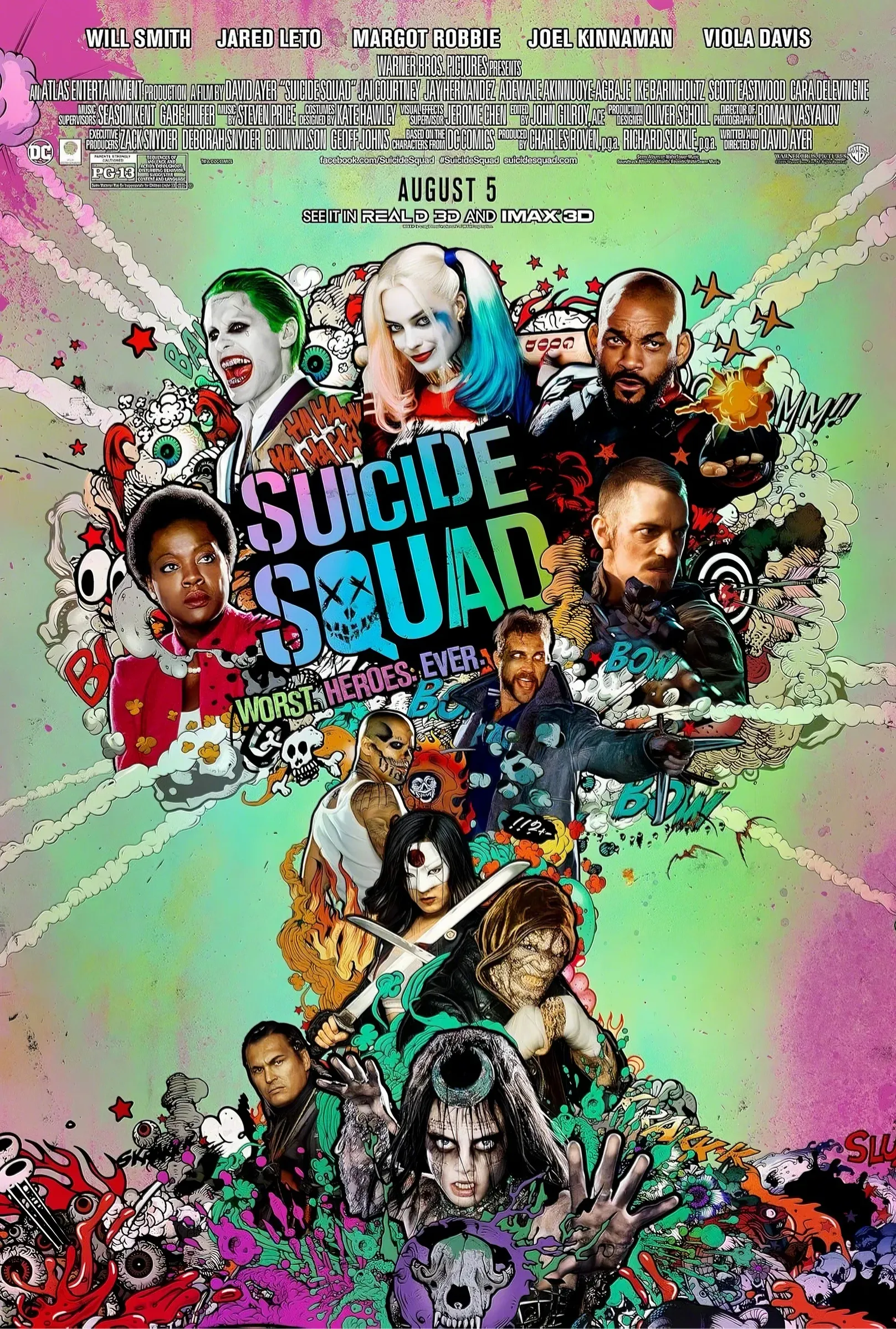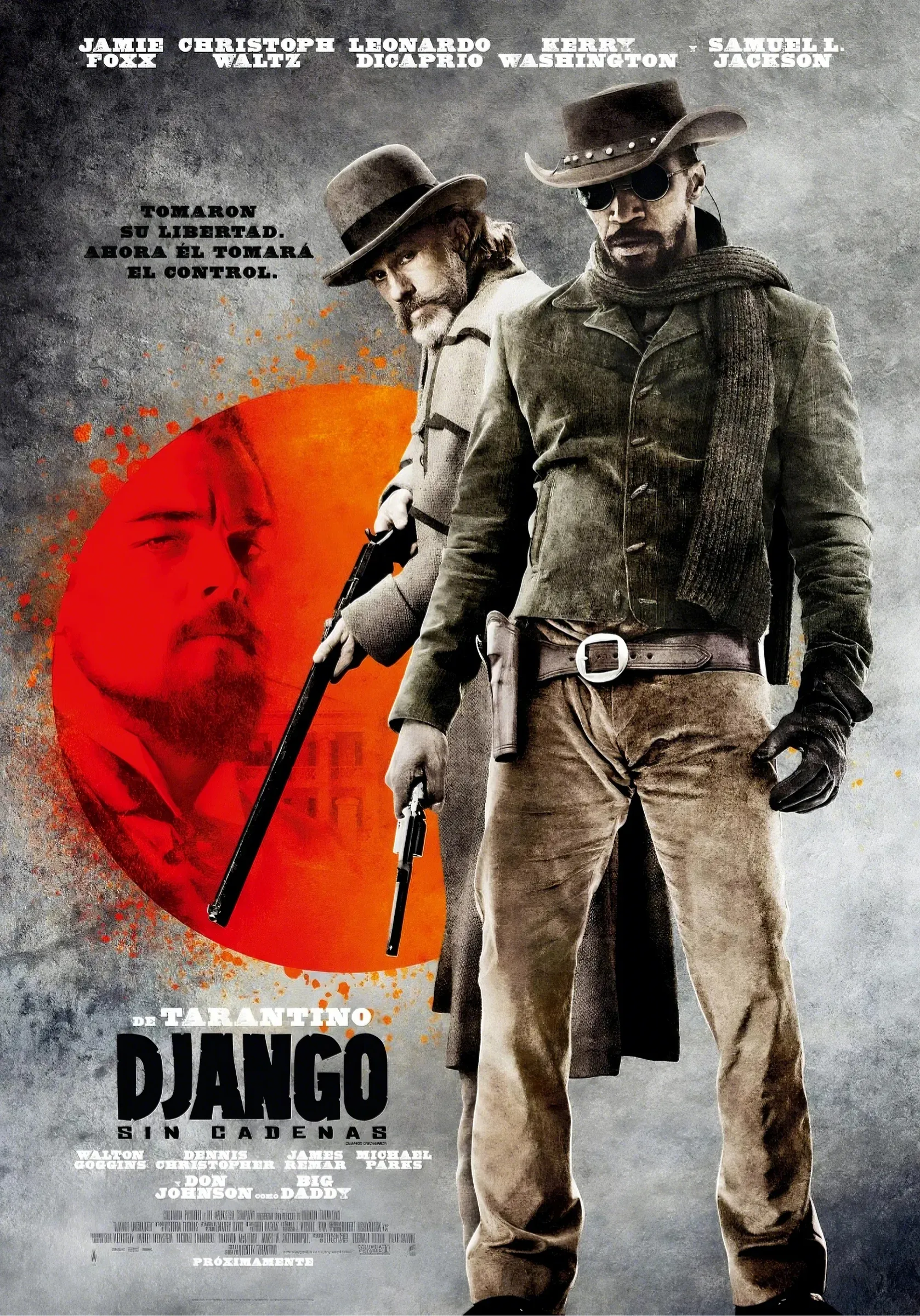Full Movie:
The Thin Red Line (1998) is a deeply introspective and visually stunning war film directed by Terrence Malick. It is based on the 1962 novel by James Jones, which is a fictionalized account of the Battle of Guadalcanal during World War II. The film takes a contemplative approach to the war genre, focusing not just on the action of the battlefield, but on the inner lives of the soldiers, the natural world, and the philosophical and moral dilemmas they face.
Plot Overview:
The film centers on the experiences of a group of American soldiers who are fighting in the Battle of Guadalcanal, one of the key battles in the Pacific Theater during World War II. The battle is depicted from the perspective of a group of soldiers in C Company, 1st Battalion, 27th Infantry Regiment, 25th Infantry Division.

While the story touches on the military action of the battle, it primarily explores the internal struggles of the soldiers as they grapple with fear, courage, morality, the nature of life and death, and the futility of war. The film follows several characters, but the central figure is Private Witt (played by Jim Caviezel), a soldier who has deserted his unit but is now re-assigned to fight in Guadalcanal. Witt is deeply introspective, questioning the meaning of life and the violence of war.
Alongside Witt, we meet First Sergeant Welsh (played by Sean Penn), a cynical leader who is disillusioned with war; Lieutenant Colonel Tall (played by Nick Nolte), a driven officer obsessed with victory at any cost; and Captain Staros (played by Elias Koteas), who faces the moral dilemma of sending his men into certain death under reckless orders.
The soldiers are caught between the desire to survive, the harsh realities of war, and their search for meaning in an increasingly brutal and senseless conflict.
Themes:
-
The Nature of War: The Thin Red Line presents a stark, non-glorified view of war. It questions the glorification of military conflict and highlights the psychological and moral toll it takes on soldiers. The film doesn't romanticize the heroism of war but rather shows its destructive and dehumanizing effects.
-
Existential Reflection: The film is deeply philosophical, particularly through the character of Witt. He often contemplates the meaning of life, death, and the brutality of human nature. These existential questions echo throughout the film, with soldiers grappling with their own fears and doubts about the purpose of war.
-
The Beauty of Nature vs. The Violence of War: Malick frequently contrasts the serene beauty of the natural world with the violent, chaotic world of battle. Sweeping shots of the jungle, rivers, and skies serve as a counterpoint to the soldiers’ experiences. The idea that war desecrates the natural world is a recurring motif in the film.
-
Brotherhood and Sacrifice: Despite the disillusionment, the film also explores the relationships between the soldiers. Themes of loyalty, sacrifice, and the bonds forged in combat are shown, as the soldiers fight not just for victory, but for the survival of each other.
-
The Futility of War: The film ultimately portrays war as a futile and destructive enterprise. It questions the motives of those in power who send soldiers into battle, often without regard for their well-being, and explores the cyclical nature of violence.
Cinematography and Style:
The Thin Red Line is widely regarded for its breathtaking cinematography, thanks to John Toll, who won an Academy Award for his work. Malick, known for his distinctive style, uses long takes, slow-motion shots, and a naturalistic approach to light to create a contemplative atmosphere. The lush, tropical setting of Guadalcanal is captured with beauty, yet it contrasts sharply with the horrors of war. The juxtaposition of nature's serene beauty with the human-made destruction of war is a key element of the film.
The film also utilizes voiceover narration from various characters, allowing the audience to hear their inner thoughts and emotional struggles. This narrative technique contributes to the meditative tone of the film, where the focus is on the emotional and philosophical impact of war rather than simply the action.
Cast:
The film features an ensemble cast with notable performances from:
- Jim Caviezel as Private Witt
- Sean Penn as First Sergeant Welsh
- Nick Nolte as Lieutenant Colonel Tall
- Elias Koteas as Captain Staros
- Adrien Brody as Corporal Fife
- John C. Reilly as Sergeant Keck
- Woody Harrelson as Sergeant Hicks
- George Clooney (in a brief role)
- Bill Paxton as a supporting character
Reception and Legacy:
Upon its release, The Thin Red Line received widespread critical acclaim for its philosophical depth, stunning visuals, and emotionally resonant storytelling. The film was nominated for seven Academy Awards, including Best Picture and Best Director, and is often considered one of the greatest war films ever made. It was praised for its anti-war sentiment, which distinguished it from other war films like Saving Private Ryan (1998), which focused more on the visceral action of battle.

However, it was also met with mixed reactions from some viewers who found the pacing slow or the narrative fragmented. The film’s non-linear storytelling, long meditative sequences, and heavy emphasis on introspection may not be to everyone’s taste, particularly those looking for a more traditional war film.
Despite this, The Thin Red Line has since gained a lasting reputation as a thought-provoking masterpiece of cinema, standing out as a deeply philosophical examination of war and humanity.
Conclusion:
The Thin Red Line is not just a war film—it’s a meditation on the human experience, the cost of violence, and the search for meaning in life and death. Its beautiful cinematography, powerful performances, and deep philosophical questions make it a unique and significant contribution to the war genre, offering a stark contrast to more conventional portrayals of war in cinema.
